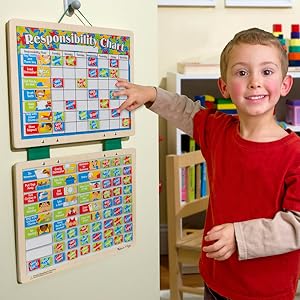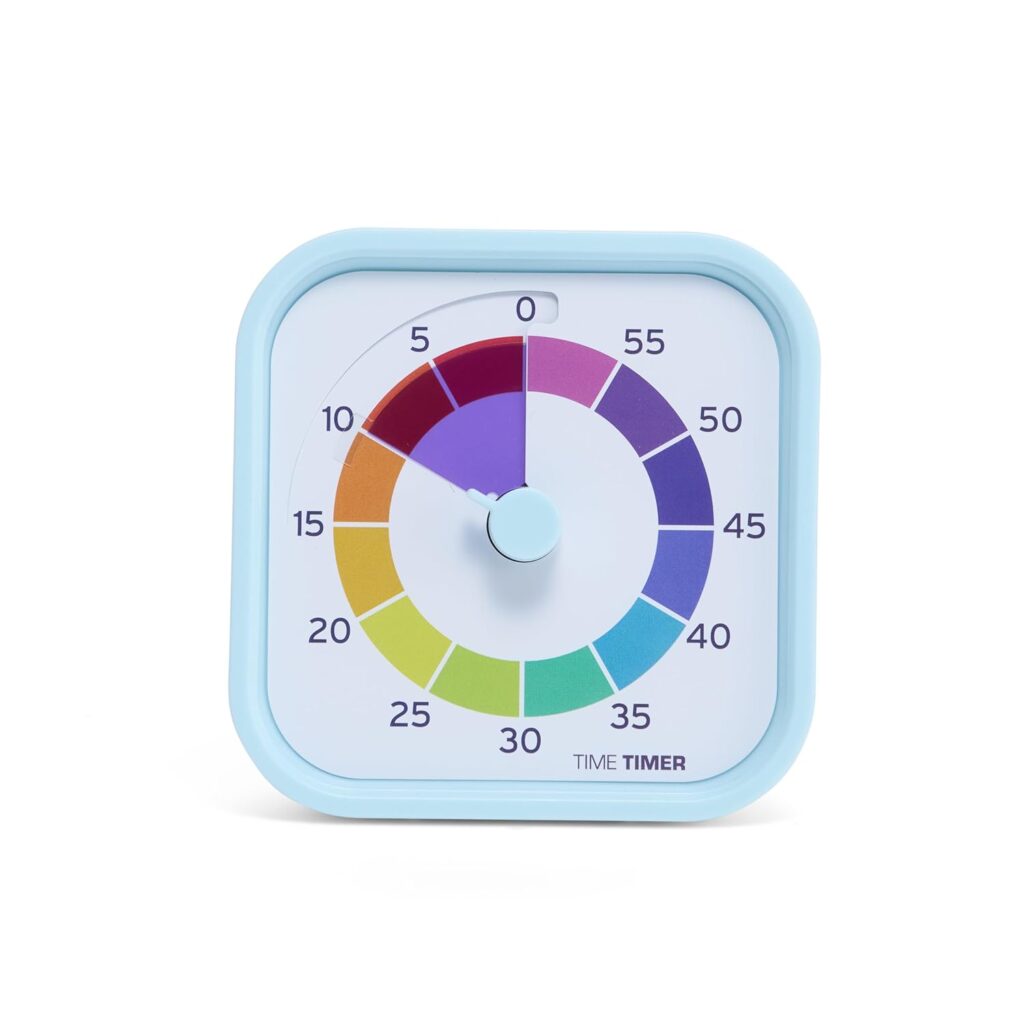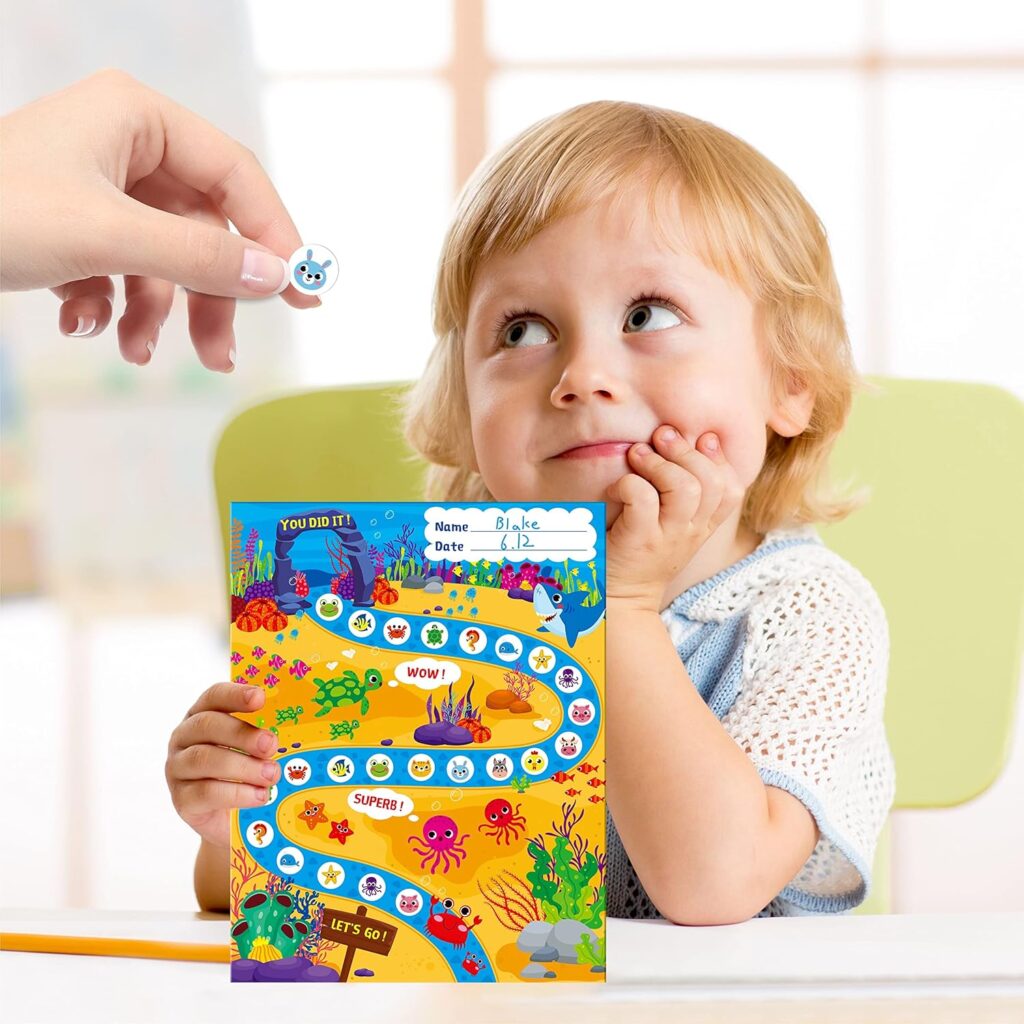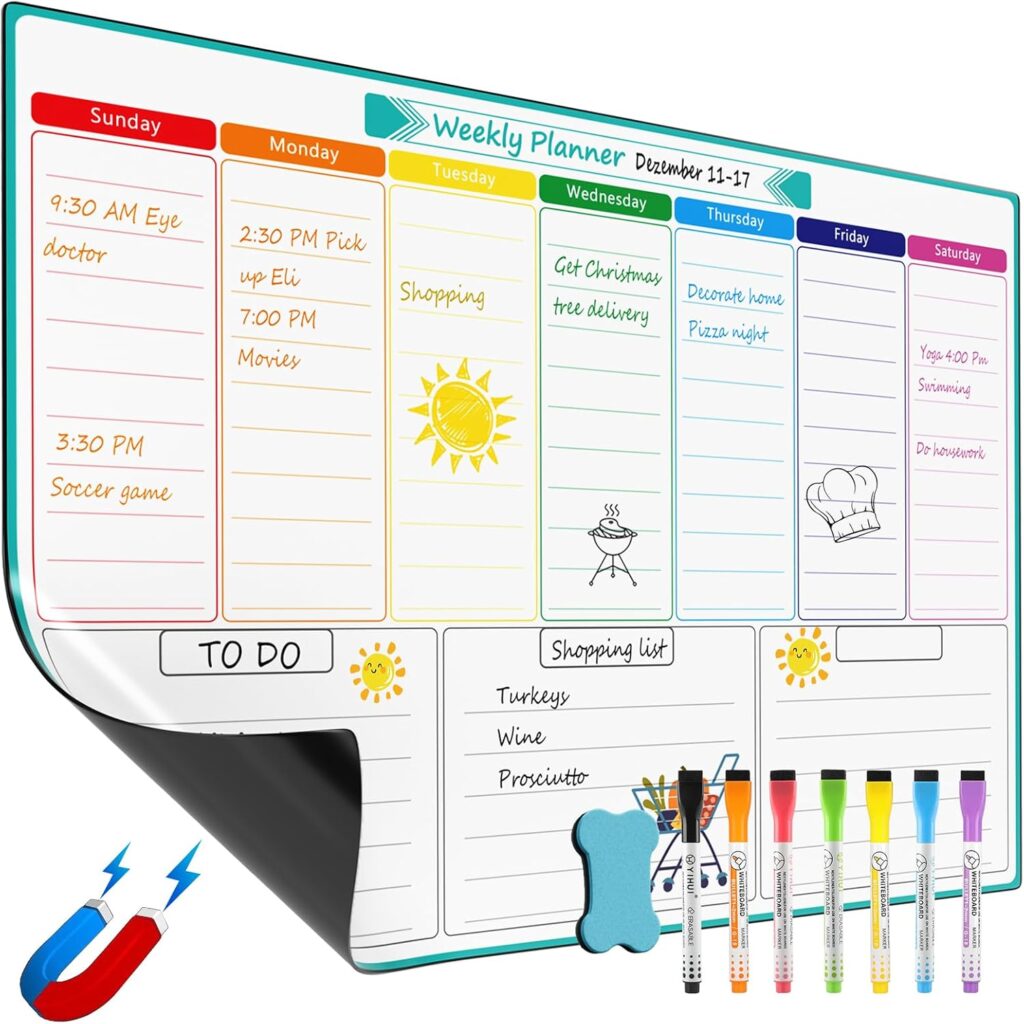Raising children is one of the most rewarding and challenging jobs you will ever face. One of the fundamental aspects of parenting is learning how to set boundaries with your children. Boundaries help children feel secure, teach respect for others, and encourage positive behavior. But setting boundaries is not always easy, and finding the balance between being firm yet caring can feel like an ongoing struggle. In this guide, we’ll cover practical, effective ways to set boundaries with your children that will benefit both you and your family in the long run.
Why Setting Boundaries Matters
You might wonder why setting boundaries is so crucial for children. Boundaries create structure and predictability, which children need to thrive. Imagine trying to walk a straight line without any clear markers or signs. It would be confusing and stressful, right? Children feel similarly when their environment lacks structure. Clear boundaries provide those “markers” that help your child navigate their world, make better choices, and understand acceptable behaviors.
Step-by-Step Guide to Setting Boundaries
1. Define Your Values and Priorities
The first step to setting boundaries with your children is understanding what matters most to you. What are your core values as a family? Are kindness, respect, and honesty important to you? Knowing these will help you decide where you need boundaries.
For instance, if you value respect for one another, you’ll likely set clear boundaries around how family members speak to each other. If honesty is a core value, you’ll establish expectations that everyone should tell the truth, even if it involves mistakes.
Take some time to think about what’s most important to you as a parent. Once you know, you can set rules that align with those values. Writing these down in a family guidebook or a simple family agreement might help everyone stay on track.
2. Set Clear, Specific Boundaries
Children respond best when they know exactly what is expected of them. Rather than saying, “Be good,” try something more specific like, “Please put your toys away after playing.” Instead of vague instructions like, “Behave yourself,” say, “We use indoor voices when we’re inside.”
You can use visual aids like a family calendar or chore chart to reinforce these boundaries. Products like the Melissa & Doug Magnetic Responsibility Chart can help your child understand their responsibilities. It’s a highly rated product, loved by parents for its engaging and interactive design that makes children eager to complete tasks.

3. Be Consistent
Once you’ve set boundaries, consistency is key. If you are inconsistent about enforcing boundaries, your child may get confused and push back against the rules.
For example, if you say bedtime is at 8 p.m., but allow your child to stay up until 9 p.m. “just this once,” you’re inadvertently teaching them that the rule is negotiable. While some flexibility is understandable, aim to be consistent to maintain clarity.
To keep track of routines, consider using a visual timer like the Time Timer MOD. It can help children see how much time they have left for an activity. It’s a gentle, visual way of reinforcing time boundaries without using too many verbal prompts.

4. Use Positive Reinforcement
Positive reinforcement is an effective tool in teaching children to respect boundaries. When your child follows the rules or respects boundaries, acknowledge it with praise or rewards.
Try using a reward system, like a sticker chart or small treats for consistent positive behavior. You could consider products like the Motivational Reward Stickers and Chart Set on Amazon, which are colorful and fun for children to use.

Be specific with your praise. Instead of saying, “Good job,” try saying, “Thank you for putting your toys away without me asking.” This helps reinforce the exact behavior you want to see more often.
5. Have Consequences Ready
Consequences are a natural part of setting boundaries. If boundaries are crossed, there must be a clear and appropriate consequence. The goal of a consequence isn’t to punish but to teach your child that actions have outcomes.
For example, if your child refuses to pick up their toys, a natural consequence might be taking away the toys for a day. The consequence should be directly related to the behavior so that your child understands the cause and effect.
Be sure to explain the consequence clearly and calmly. If bedtime is disrespected, you might say, “Because you stayed up past your bedtime, we won’t be able to have a story tonight.” The consequence must be carried out calmly, without arguing or negotiating.
6. Lead by Example
Children learn from what they see you do, more than what they hear you say. If you want your children to respect boundaries, make sure you are modeling respect for your own boundaries and theirs.
For example, if you have a “no phones at the dinner table” rule, make sure you put your phone away, too. If you have a family rule about speaking kindly, model that in how you speak to your spouse and your child. This consistent modeling helps children understand that boundaries apply to everyone and are part of healthy relationships.
7. Teach Empathy and Respect for Boundaries
You can set physical and emotional boundaries that help children understand how to respect others. Teach them to understand that everyone has their own personal space and feelings. Use simple phrases like, “Your friend doesn’t like it when you take toys without asking. Let’s try asking first next time.”
A great way to help your child understand personal space is through games or books that illustrate empathy. You can find books like “Personal Space Camp” by Julia Cook that help children grasp the concept of physical boundaries in a fun and relatable way.

Boundaries at Different Stages
Setting Boundaries with Toddlers
With toddlers, boundaries often need to be simple, clear, and easy to understand. They need lots of repetition to internalize them. For example, when setting a boundary around hitting, you might say, “We use gentle hands,” and show them how to use their hands gently.
Toddlers also respond well to distraction and redirection as a boundary-setting tool. If they are touching something they shouldn’t, provide them with an alternative that is acceptable.
Boundaries with School-Aged Children
As your child grows, boundaries should become more collaborative. School-aged children can understand the “why” behind rules and even participate in establishing household boundaries.
For example, you might sit down as a family and establish rules around screen time together. This gives your child a sense of ownership and responsibility. You could use a Weekly Planner Whiteboard to show your child what times are available for screen use and what times are reserved for other activities, like homework or playtime.

Boundaries with Teenagers
Setting boundaries with teenagers can be especially tricky, as they crave more independence. It’s important to give them a voice, but still establish boundaries that ensure their safety and well-being.
For instance, if you have a curfew for your teen, explain why it is there. A conversation might go like, “I’m setting a curfew of 10 p.m. because I want to make sure you are safe, and it allows you enough time to rest for the next day.”
You may also want to set boundaries around technology. A great tool for enforcing digital boundaries is the Gryphon Guardian device. This device allows you to set time limits on devices and filter content for the whole family, ensuring a safe and healthy balance of online and offline activities.

Practical Tips for Enforcing Boundaries Without Conflict
1. Stay Calm and Consistent
It can be hard to stay calm, especially if your child is pushing back against a boundary. However, losing your temper sends the message that you are not in control, and it can undermine the boundary. Take deep breaths and remain calm while addressing the behavior.
When enforcing boundaries, be consistent. If you let something slide one day but enforce it the next, it can confuse your child and make them less likely to respect that boundary in the future.
2. Give Warnings When Appropriate
Children benefit from a warning when they are close to crossing a boundary. For example, if screen time is about to be over, you can say, “You have five more minutes, and then it’s time to turn off the tablet.” This helps your child prepare for the transition and makes it less likely that they will resist.
Using a countdown timer like the Learning Resources Time Tracker (available on Amazon) can be very helpful for young children. It allows them to visualize how much time is left and makes transitions smoother.

3. Focus on Problem Solving Together
When a boundary is challenged, work together to solve the problem. For example, if your child is consistently not following a bedtime rule, ask them what is making it hard for them to comply. Are they feeling anxious? Are they not tired? Then, work together to find a solution, like adjusting the bedtime routine or reading a calming book before bed.
Problem-solving together teaches your child that boundaries are not just rules to be obeyed but guidelines for living harmoniously.
Products That Help Reinforce Boundaries
To make boundary-setting smoother, there are several helpful tools available on Amazon:
- Melissa & Doug Magnetic Responsibility Chart – This chart helps children keep track of their responsibilities and encourages them to follow boundaries by earning rewards.
- Time Timer MOD – A visual timer that helps children understand time limits for activities, making transitions easier and reinforcing time-based boundaries.
- Gryphon Guardian – This device helps set digital boundaries for kids and teenagers, allowing parents to monitor and limit internet usage for a balanced lifestyle.
- Learning Resources Time Tracker – Great for giving young children visual reminders of when their time is almost up, making transitions more predictable.
- Weekly Planner Whiteboard – Use this to plan out screen time, chores, and activities, giving your child a clear visual understanding of the household boundaries.
Final Thoughts
Setting boundaries with your children is an ongoing journey. It takes time, patience, and consistency to find what works best for you and your family. Remember that boundaries are not about controlling your child; they are about guiding them to make good choices, be safe, and understand respect for themselves and others.
There will be challenges along the way, and that’s okay. You will need to revisit boundaries as your child grows and changes. Stay flexible, open to discussion, and always be willing to model the behavior you wish to see in your child. Over time, you will find that these efforts build a foundation of trust, respect, and love within your family.
Boundaries are a gift to your child, providing them with the structure they need to flourish, feel secure, and develop into independent, respectful individuals. And remember—you’re not alone in this journey. Many parents have been there, and there are resources, tools, and communities out there to help you succeed.